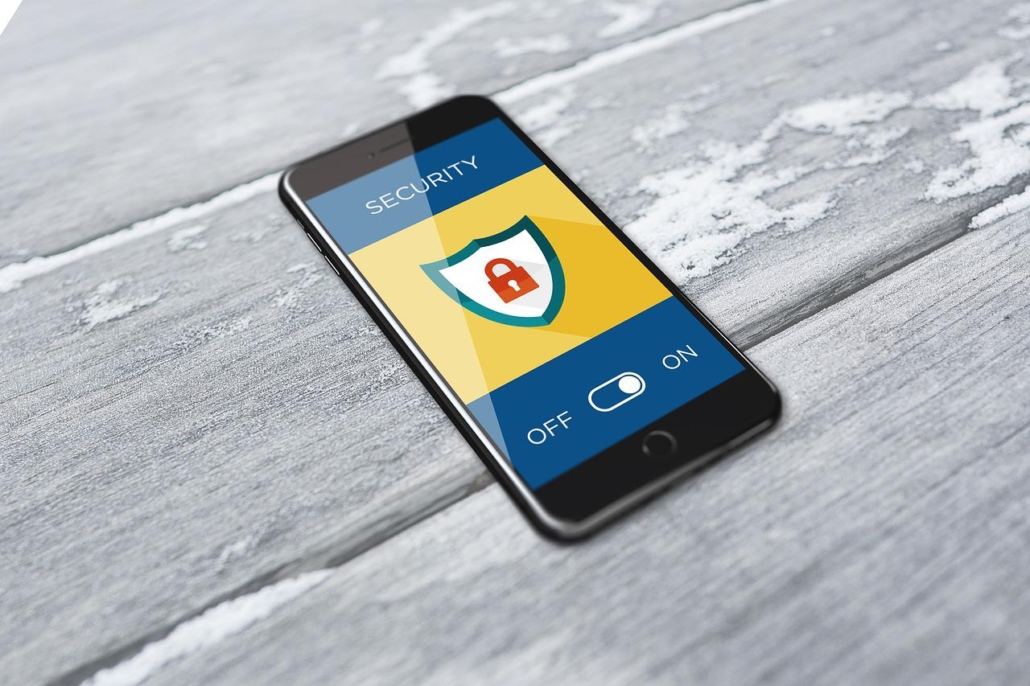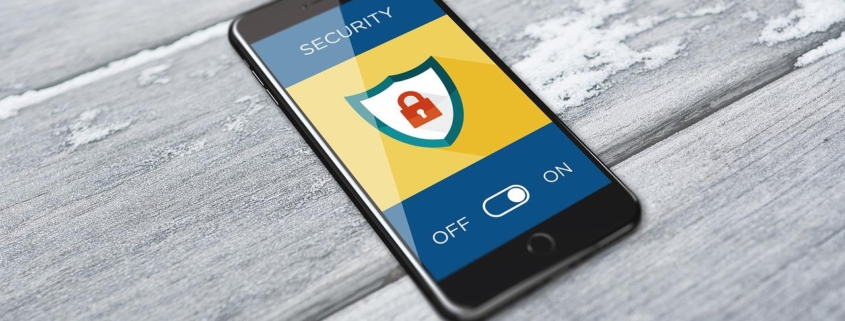Digital Espionage: Your Phone’s Secret Life and Your Crumbling Security and Privacy
While offering significant utility, mobile phones inherently present privacy and security vulnerabilities due to their persistent network connections and the extensive personal data they store. Operating systems like Android and iOS, along with their applications, gather substantial user information, including location data, browsing activity, and personal details. This collected data risks misuse, ranging from targeted advertising to more severe outcomes like targeted attacks involving SIM swapping, potentially leading to unauthorized access to banking, credit card information, and cryptocurrency wallets.

Generally, securing your device with a password and maintaining updated mobile applications and operating system can mitigate most prevalent risks. However, further measures can and should be taken to enhance your awareness and reduce specific vulnerabilities.
Threats at a glance:
Vulnerability to Attacks:
- Mobile devices are susceptible to malware, phishing, and other cyberattacks in the same way, PCs and laptops are.
- Weak app passwords, and unsecured Wi-Fi, increase these risks.
- Operating system and app vulnerabilities are found regularly, and if users do not update their devices, they become very vulnerable.
Location Tracking:
- GPS and other location-tracking technologies can reveal sensitive information about your movements.
- This data can be exploited by malicious actors or used for unwanted surveillance.
App Permissions:
- Many apps ask for access to data that is not needed for the app to function. This can lead to unwanted data collection.
Significant Mobile Phone Risks
Zero Day Attack. A zero-day attack exploits unknown, undisclosed software vulnerabilities before a patch is available, leaving systems defenseless until the flaw is discovered and fixed.
Sophisticated Spyware (Pegasus). This advanced spyware, which often utilizes the zero day attack methodology, was built for targeted attacks on high-value individuals and infects iPhones via phishing links, monitoring cameras, microphones, and encrypted apps (e.g., WhatsApp) to steal passwords and messages. Sophisticated hackers use undisclosed iOS and Android flaws to install invisible malware via texts or links, often targeting politicians, celebrities, journalists, activists, or executives.
SIM Swapping. SIM swapping is hijacking a phone number by transferring it to a new SIM set up by a criminal. This process usually involves duping the mobile phone company or utilizing in a nefarious insider, enabling them to intercept calls and texts for account access.
Phishing and Social Engineering. Attackers use fake links, messages, or apps to trick users into installing malware or revealing credentials
Insecure WiFi Networks. Public networks expose Mobile phones to man-in-the-middle attacks, risking data interception
iMessage/FaceTime Vulnerabilities. Maliciously crafted messages or files can exploit auto-loading media in iMessage/FaceTime, enabling zero-click attacks without user interaction
Microphone and Camera Access. When you download an app, it might request these permissions. If granted, the app can potentially record unauthorized audio or video.
iPhone’s AirDrop Vulnerabilities. While convenient, AirDrop has presented some notable security and privacy vulnerabilities.
Key Mitigation Strategies:
Pegasus spyware is exceptionally sophisticated, making it very difficult to completely eliminate the risk. However, there are several steps individuals and organizations can take to significantly reduce their vulnerability from all mobile risks:
Keep Devices Updated: Regularly installing the latest operating system and application updates is crucial. These updates often include security patches that address known vulnerabilities.
Practice Strong Digital Hygiene: Every time you get a SMS text message, an email, or an iMessage be aware of the motivation is behind it. In other words, avoid clicking on suspicious links or opening attachments from unknown sources. The easiest attack vector into your phone begins with you clicking links, downloading files or visiting websites that are malicious.
Reboot Devices Regularly: Research indicates that regular device reboots can disrupt spyware’s ability to function and often prompts critical system updates.
Prevent SIM Swapping: To prevent SIM swapping, use strong account security, never using the same passcode twice, enable two-factor authentication for your mobile account and for your email account, and be wary of suspicious requests for personal information. Contact your carrier for extra security measures that may involve implementing knowledge base authentication questions.
Use Alternative Browsers: Using browsers other than the default ones, such as Firefox Focus or Brave can sometimes provide an extra layer of protection.
Use a VPN: A Virtual Private Network (VPN) can encrypt your Wi-Fi internet traffic, making it more difficult for attackers to intercept your data.
Anti Virus Software: iPhones don’t have the option of downloading or installing antivirus software, but they do have “Lockdown Mode”. For maximum defense against advanced spyware, activate Lockdown Mode. Find Lockdown Mode within your Privacy & Security settings if you believe you’re at high risk. Androids do need and have the ability to download anti-virus, available at the Google Play store.
Be Mindful of App Permissions: Carefully review the permissions requested by apps before installing them.
Microphone and Camera Restrictions: Enhance your privacy by reviewing and restricting app access to your microphone and camera. Find these settings under Privacy & Security.
Password management: Your mobile phone must be password protected. Every app should have a different password, never using the same passcode twice. Utilizing a password management software is the only way to ensure you’ll have a different pass code across each account.
AirDrop Protections: Unwanted File Transfers: Depending on your AirDrop settings (“Everyone,” “Contacts Only,” or “Receiving Off”), you might receive unwanted file transfer requests from strangers.
- While you can decline these requests, the potential for receiving them can be a nuisance, alarming, and in some cases a potential vector for malicious files.
- Adjusting your AirDrop settings to “Contacts Only” or disabling it entirely when not in use can significantly reduce your risk. It is also important to never accept files from people that you do not know.
Location/GPS Tracking: For better privacy, disable precise location tracking. In Location Services settings, switch app permissions from ‘Always’ to ‘While Using’.
Key Considerations:
Spyware targets zero-day exploits, implying inherent risk despite precautions. Regularly updating mobile apps and the operating system offers significant defense.
To reiterate, lacking a device password invites unauthorized access. As often highlighted, a lost or stolen phone grants complete access to personal data – indeed, everything.
Implementing these practices allows individuals and organizations to considerably lower their susceptibility to common weaknesses and advanced spyware. Recognizing these threats and adopting protective measures empowers consumers to substantially improve their privacy and security.
Robert Siciliano CSP, CSI, CITRMS is a security expert and private investigator with 30+ years experience, #1 Best Selling Amazon author of 5 books, and the architect of the CSI Protection certification; a Cyber Social Identity and Personal Protection security awareness training program. He is a frequent speaker and media commentator, and CEO of Safr.Me and Head Trainer at ProtectNowLLC.com.


























